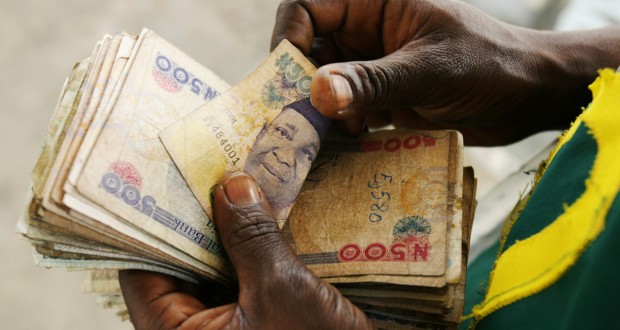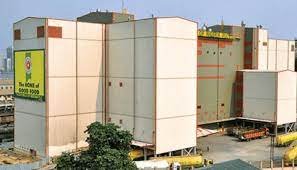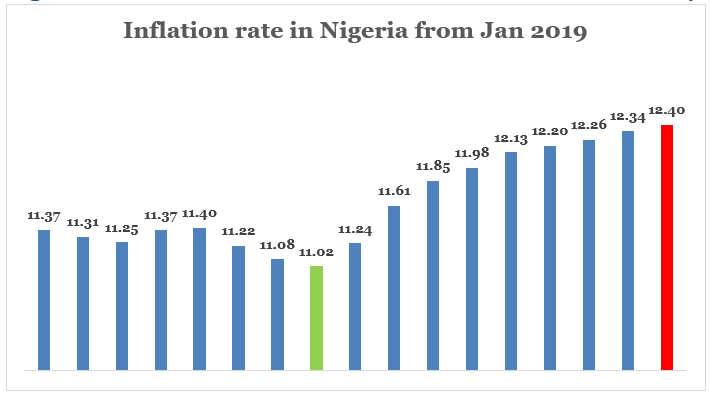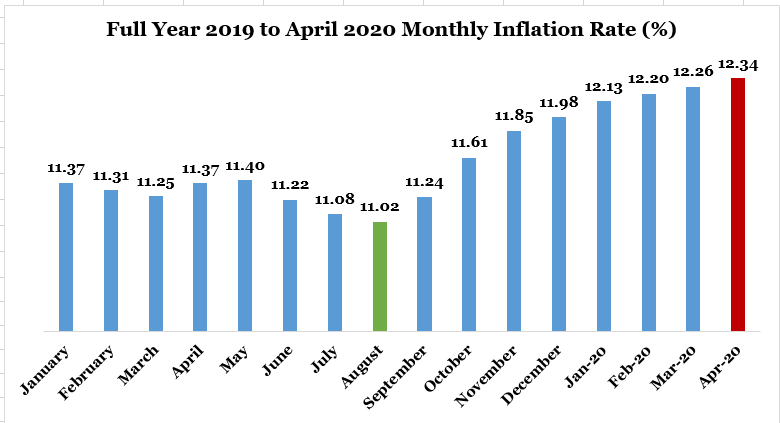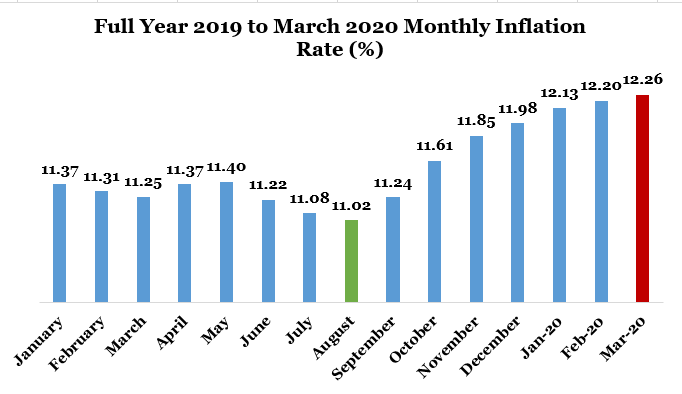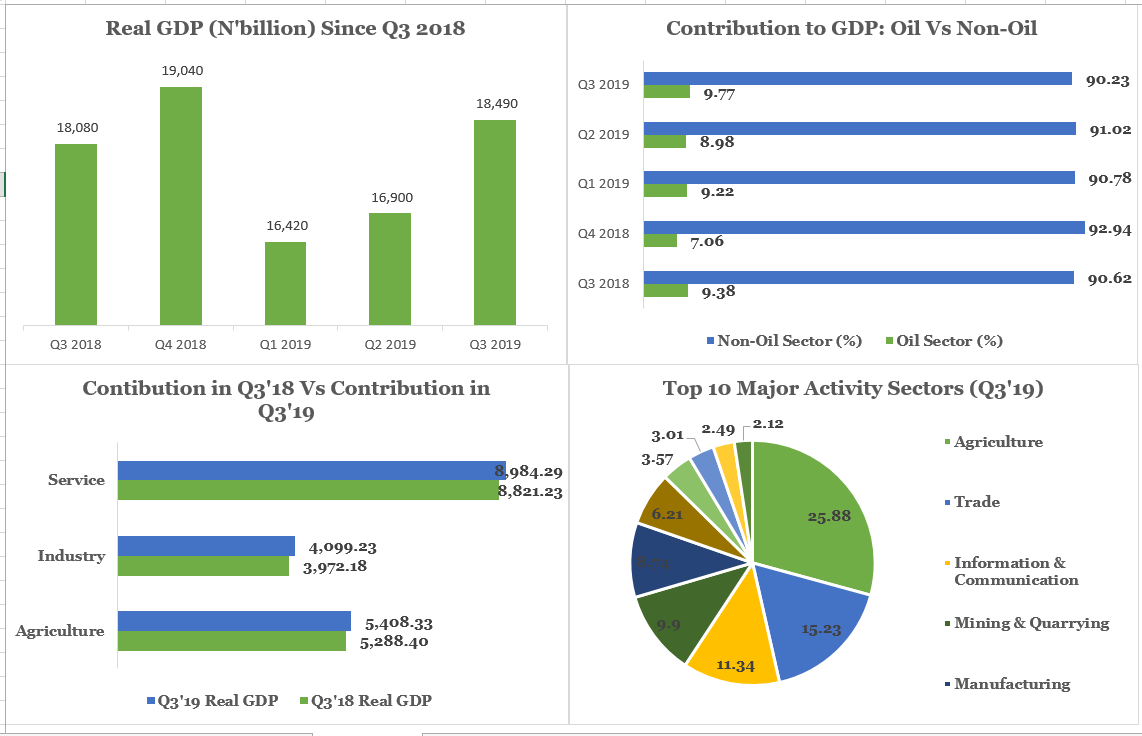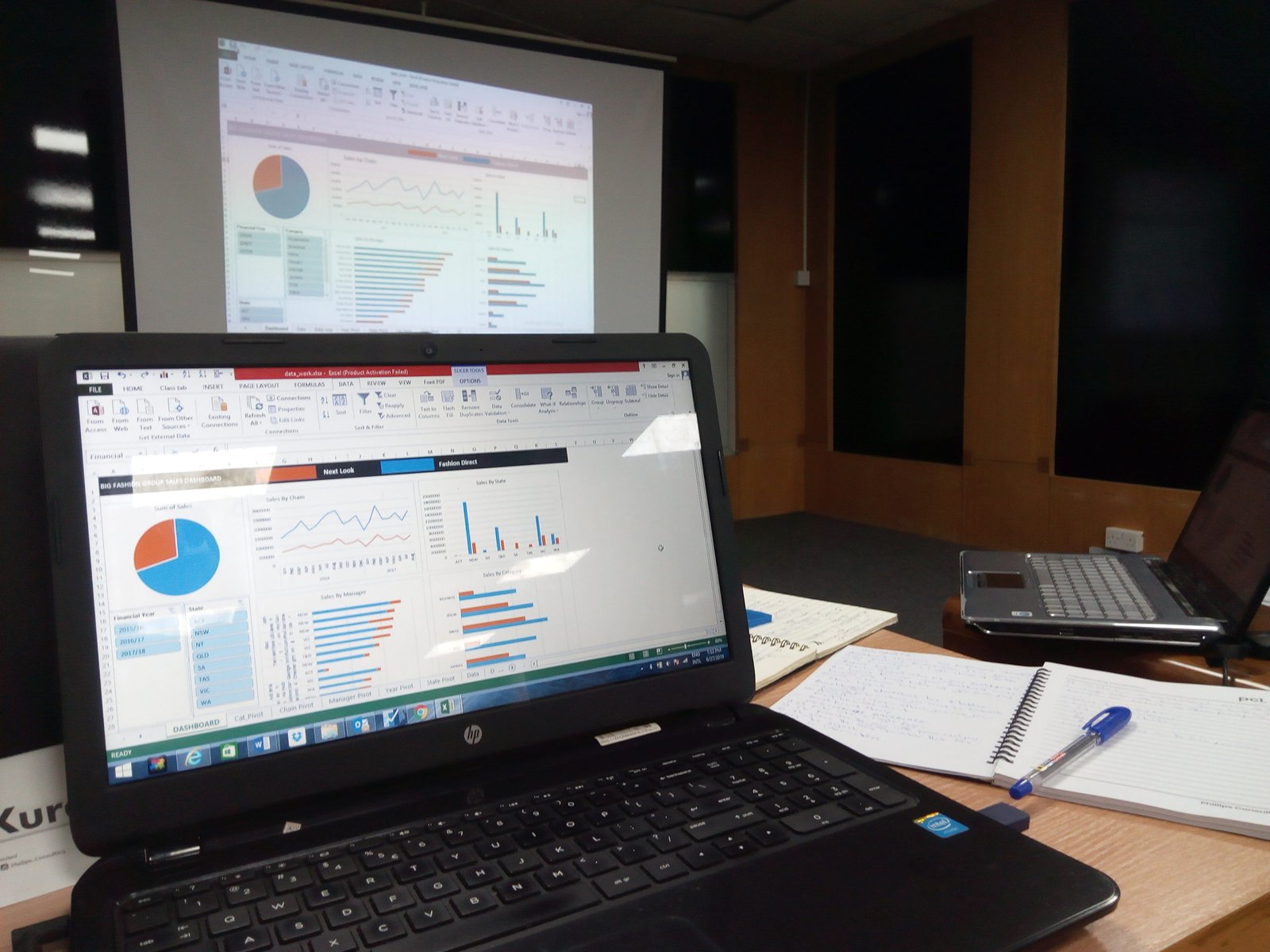Nigeria’s inflation rate hits 19.64% in July 2022, the highest in 17 years
An examination of the NBS inflation data shows that this is the highest since September 2005 when the inflation rate hit 24.32% year-on-year. On a month-on-month basis, the headline inflation rose by 1.82% in July 2022. This is the same as the rate recorded in June 2022 (1.82% m/m). In our view, higher energy prices and continued depreciation of the local currency against the US Dollar were the key drivers behind this uptick.
